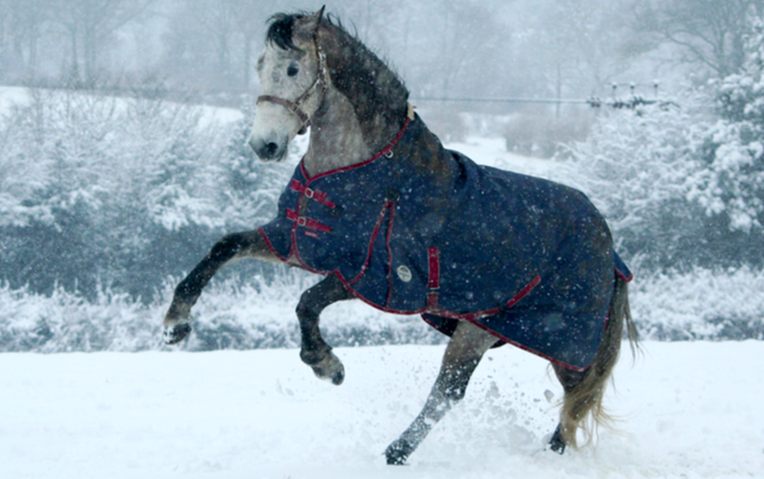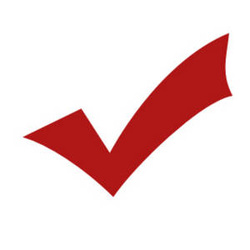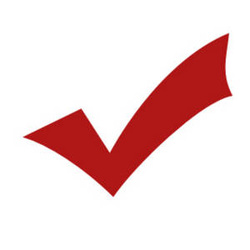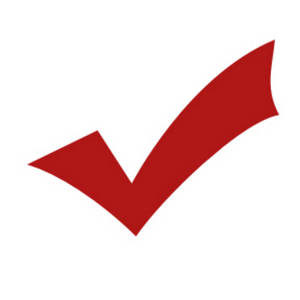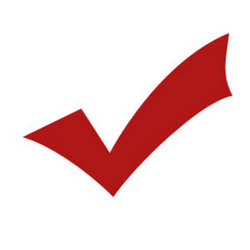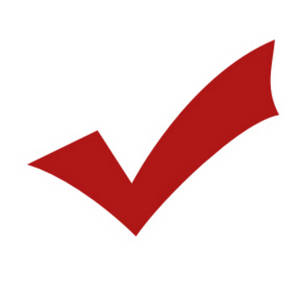How To Choose The Best Horse Blanket
1. Fabric:
Nylon is very strong and resilient and it doesn't hold stains, but it's very expensive. Polyester is lightweight, more affordable, and but it’s not as strong as nylon. A blend often gives you the best of both worlds. The strength (and thus durability) of a blanket's outer layer is expressed in denier units The higher the denier number, the stronger the material. It takes a 1,200-denier polyester to match the strength of only 840-denier nylon.
|
3. Fit:
Measure from the center of the chest at the point of the shoulder, around the shoulder, along the barrel following closely to the skin, continuing around the hip to the center of the tail. The size of the blanket corresponds to the inches you just measured. For example, if your measurement comes out to 78 inches, then your horse wears a size 78. A blanket measured this way allows four fingers at the chest and a few inches below the top of the tail.
|
5. Blanketing Your Horse:
If your horse freaks when you try to pull the blanket over his head, you have two choices. The first is to unhook it entirely and place it gently over his back so he doesn’t freak out. Better: Work with a trainer to desensitize your horse to movements like this. It will make your horse braver, encourage him to trust your leadership, and make it immeasurably easier for the staff at your barn (or your friends) to blanket your horse for you.
|

We've always blanketed our horses in the winter. You can find the brands that we like the most by clicking here.
Happy Riding!
Happy Riding!
[Based on an article by Carrie Finno, DVM, of the University of Minnesota.]
Copyright Denise Cummins, PhD June 18, 2018
Copyright Denise Cummins, PhD June 18, 2018
